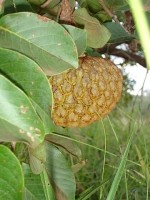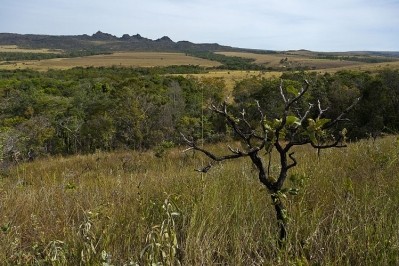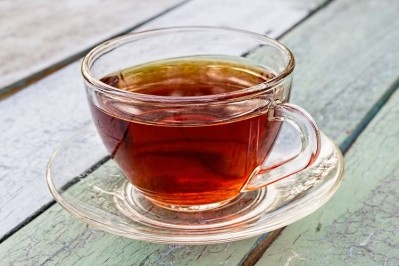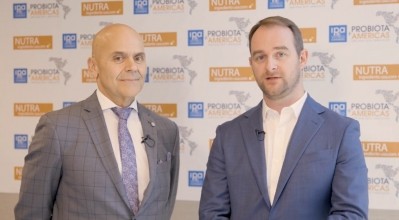Brazilian Cerrado marolo fruit 'excellent candidate' for functional foods: Review
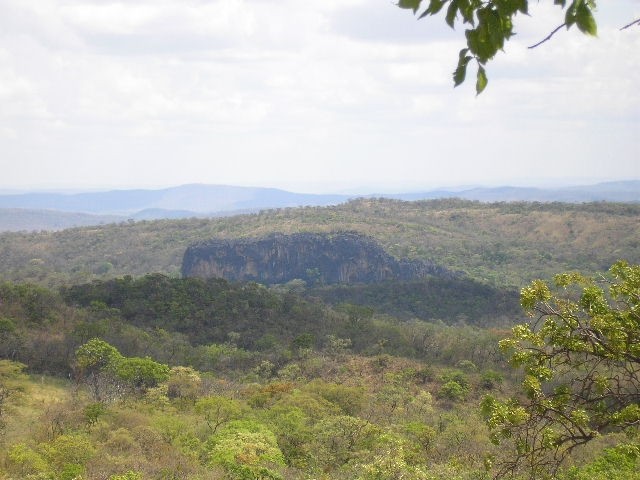
Writing in Food Research International, researchers from Brazil's University of Campinas conducted a literature review investigating the chemical composition and biological activities of different botanical parts of Annona crassiflora Mart. - a fruitful tree native to the Brazilian Cerrado biome.
Highly appreciated by the local population for its attractive color, intense flavor and exotic aroma, marolo fruit was among the 20 most-used species in regional foodstuff, the researchers said, consumed either fresh or processed.
“These attributes make this fruit a promising ingredient for the development of innovative and health products in the food industry,” the researchers wrote. However, the fruit and fruit-based products, they said, were only currently available in niche and local markets and by-products totally discarded.
The main purpose of the review, they wrote, was to “generate interest” in research and development of new technologies and methodologies to valorize the Brazilian Cerrado plant.
'Variety of bioactive compounds'
The researchers said Annona crassiflora Mart. fruits – commonly known as marolo – had attracted “increasing interest” from consumers and researchers due to their sensorial, nutritional and bioactive potential. The fruits were a good source of dietary fiber, sugars, vitamins A and C, phenolic compounds, folates and a range of minerals.
However, on investigating the scientific literature further, the researchers said other botanical parts beyond the fruit pulp – the peel, seeds, leaves, stems and roots – of marolo were also “important” as they contained a “variety of bioactive compounds”. Marolo fruit peel and leaves, for example, contained phenolics and alkaloids and its seeds contained oils and annonaceous acetogenins.
“These bioactive compounds found in Annona crassiflora Mart. exhibit various biological activities and have been evaluated through in vitro and in vivo tests. The claimed biological activities of extracts from different botanical parts of Annona crassiflora Mart. include antioxidant, hepatoprotective, anti-inflammatory, antitumoral, analgesic, anti-diabetic, skin healing, antidiarrhoeic, antimicrobial, antiparasitic, insecticide and herbicide activities,” they reported.
Importantly, the literature also showed the phytochemical content of marolo fruit was “highly correlated” to its biological properties, the researchers said. Certain parts of the fruit, therefore, could be considered a “potential source of value-added ingredients”.
They added: “These findings demonstrate that Annona crassiflora Mart. fruit, by-products and leaves can be excellent candidates to be used as functional foods and/or sources for obtaining bioactive compounds for the food, cosmetics and pharmaceutical applications.”
Future research direction?
While extensive research had been conducted into total phytochemicals present in marolo, the researchers said there was “limited information” on the profile and content of specific phytochemicals. Further research to determine the complete phytochemical compound profile, therefore, was needed along with a specific look at different botanical parts of the plant, they said.
The study of “more adequate” extraction and recovery techniques of the bioactive compounds would also be essential, they said, along with suitable conservation methods for increasing shelf life and preserving the nutritional content of products containing the fruit parts.
Increasing availability of the plant year-round, through technical plantations, would also be necessary if marolo was to become a “sustainable cash crop”, they said.
“Finally, the use and valorization of the by-products (peel and seeds) produced during Annona crassiflora Mart. fruit processing should be further investigated, since this could offer a new source of value-added ingredients and solve environmental issues on the sustainable management of these materials.”
Source: Food Research International
Published online ahead of print, doi: 10.1016/j.foodres.2019.05.011
Title: “Araticum (Annona crassiflora Mart.) as a source of nutrients and bioactive compounds for food and non-food purposes: A comprehensive review”
Authors: HS. Arruda and GM. Pastore
